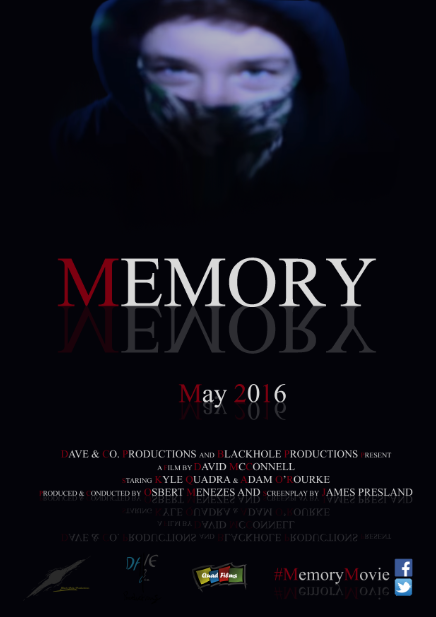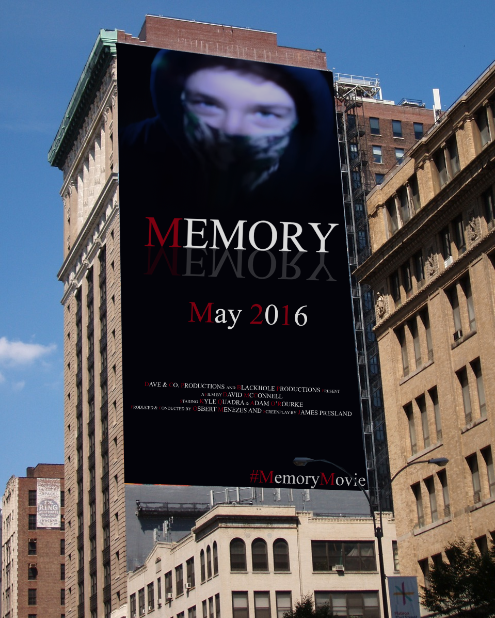Wednesday, 30 March 2016
Evaluation Q6 - Osbert Menezes
What have you learnt about technologies from the process of constructing this product?
Evaluation Q5 - Osbert Menezes
How did you attract/ address your audience?
Opening for "Memory"- https://www.youtube.com/watch?v=xcdFrjx10-Y
Poster-
This method of advertising is most common and used to promote many films in the modern era. The idea is that these can be displayed in around town and almost anywhere to promote a film. Some examples of recent movie posters include...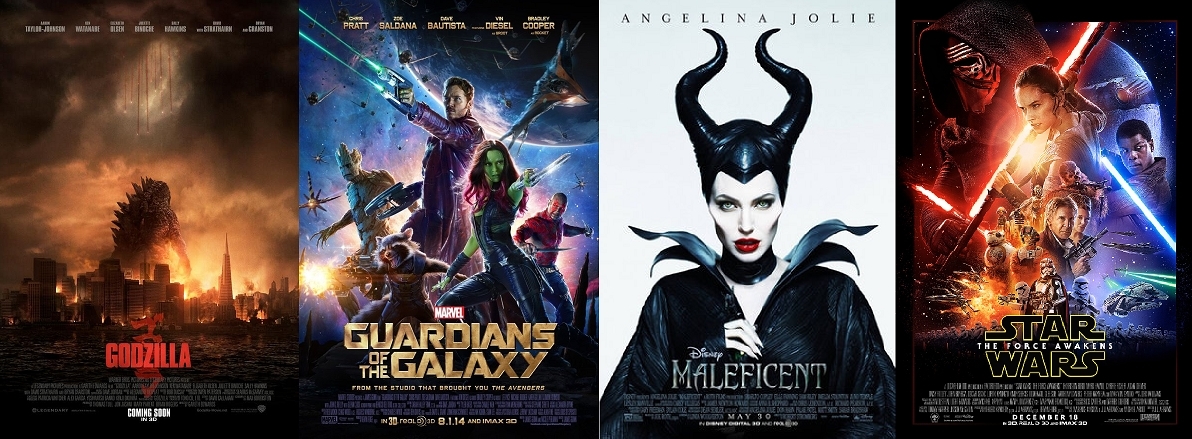 '
'
 '
'Advertising-
Posters can be used in different way to advertise a film. These can include Billboards, Bus Stops, Transport Adverts & Newspaper Adverts.
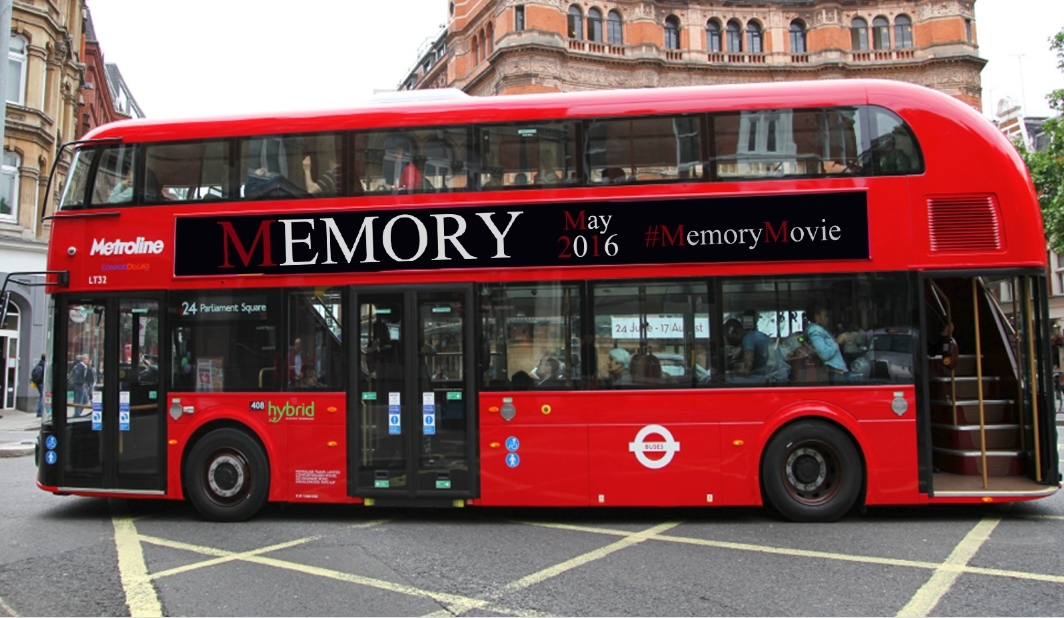
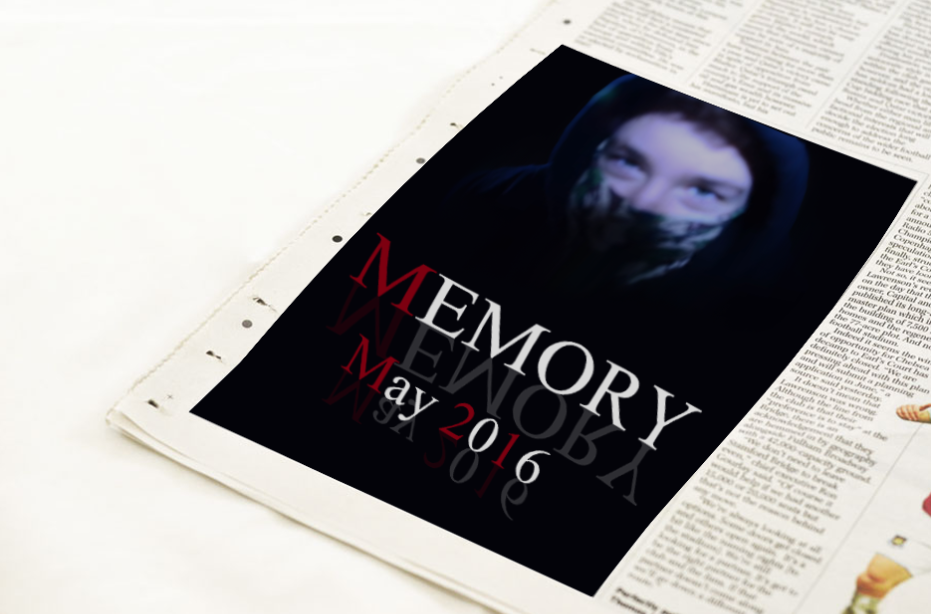
Digital Media-
Other way to attract the audience is through the use of digital media. A film an be advertised using digital media formats such as an Official Website, Facebook, Twitter, YouTube and TV adverts.
An Official Website is the main hub of information for the film. Fans can come here to find out the latest news, pictures and videos about the film.
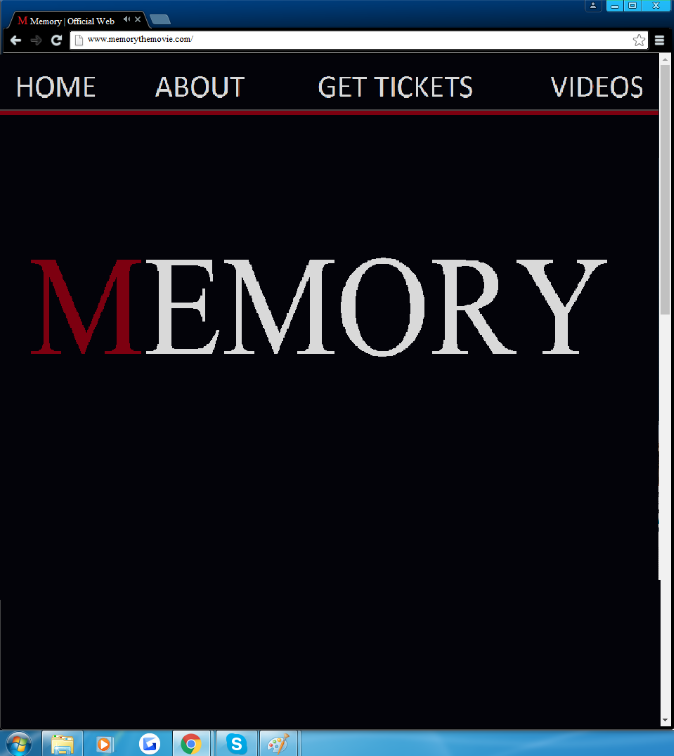
Social Media Sites such as Facebook and twitter can be used to give latest information to audiences more directly. The can also be a place for fans to express their views and opinions on the film.
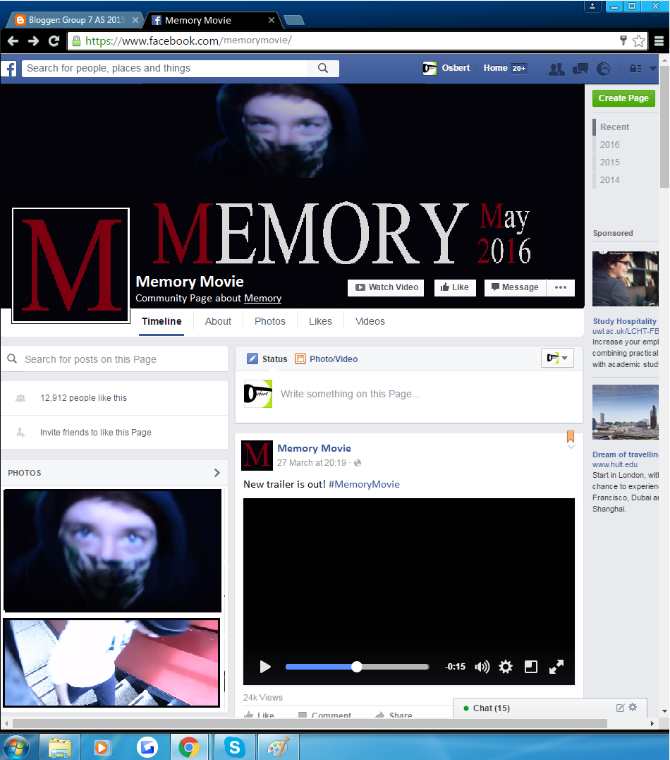
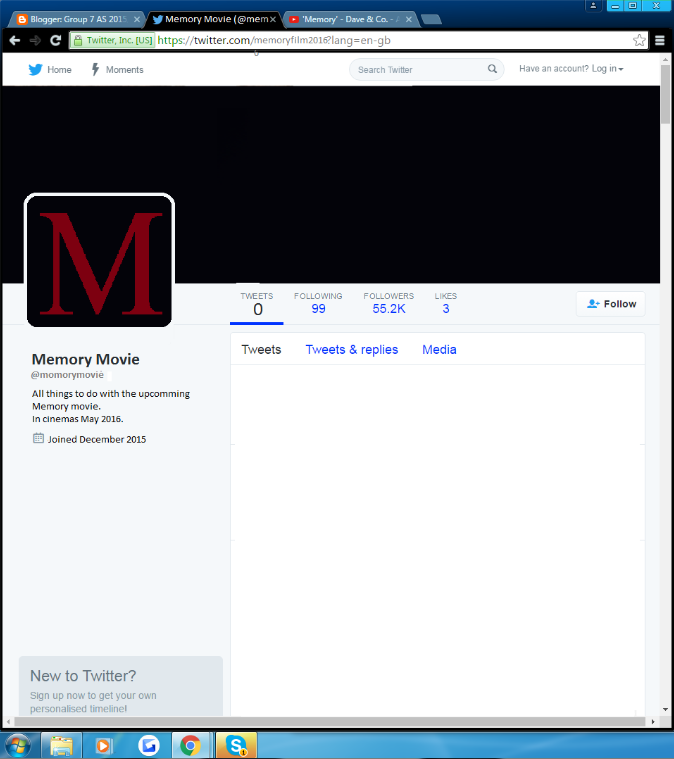
A YouTube channel is a good place for a film to display trailers and videos to advertise a film. Short trailers can also be displayed on YouTube adverts to attract people to watch a film.

TV adverts is another way to attract the audience. Trailers can be shown during ad breaks to reach out to the audiences as well.
An Official Website is the main hub of information for the film. Fans can come here to find out the latest news, pictures and videos about the film.

Social Media Sites such as Facebook and twitter can be used to give latest information to audiences more directly. The can also be a place for fans to express their views and opinions on the film.


A YouTube channel is a good place for a film to display trailers and videos to advertise a film. Short trailers can also be displayed on YouTube adverts to attract people to watch a film.

TV adverts is another way to attract the audience. Trailers can be shown during ad breaks to reach out to the audiences as well.
Evaluation Q4 - Osbert Menezes
Who would be the audience for your media product? Include audience feedback.
Aspects of the opening to attract the audience-
Soundtrack- From the audience research we found that the most desired sub-genre was action. The audience liked the fast phase of the genre and so we used a similar soundtrack to those used in action movies to create this fast phased tension building soundtrack. It creates tension through the beat intensifying as the opening goes on and this can help put the audience on the edge of their seat. This is one how the aspects of the soundtrack from the opening can show how they attract the audience.
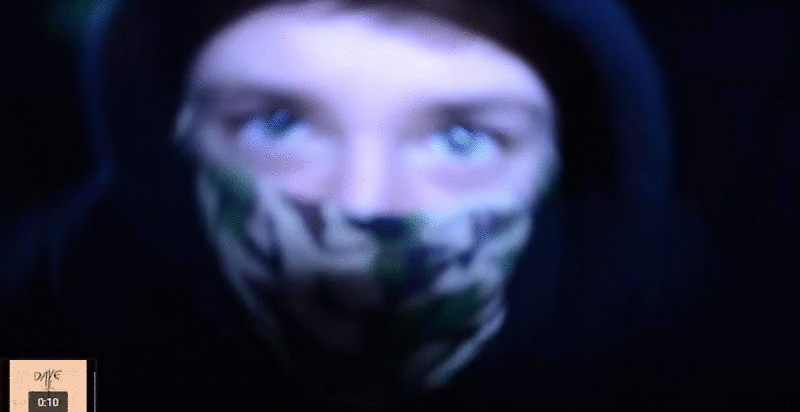 Action- We labelled the film as a "Psychological/ Action Thriller" because we found a very strong split among audience members in what sub-genre they were looking for in a thriller film. we tried to enable the psychological aspect in the opening through the mystery and confusion created my the hidden characters and the flashbacks. The action aspect was not included much in the opening as we felt we cant have the story running straight into the opening but is something that would happen a lot later in the film.
Action- We labelled the film as a "Psychological/ Action Thriller" because we found a very strong split among audience members in what sub-genre they were looking for in a thriller film. we tried to enable the psychological aspect in the opening through the mystery and confusion created my the hidden characters and the flashbacks. The action aspect was not included much in the opening as we felt we cant have the story running straight into the opening but is something that would happen a lot later in the film.Audience feedback from the opening of "Memory"-
I asked 30 members of my target audience what score they would give the opening out of 10. the is their results...

From this I can see that most people score the film a 6,7 or 8. this meant that the opening was fairly good and liked by the target audience but could be still had some flaws as not a lot of people gave it a 9 or a 10 on the spectrum.
Feedback comment showcase-
Evaluation Q3 - Osbert Menezes
What kind of media institution might distribute your media product and why?
Opening for "Memory"- https://www.youtube.com/watch?v=xcdFrjx10-Y
 The name of the distribution company for "Memory" is "Quad Film". This company will have the responsibility of marketing and and distributing the film to cinemas and later release it on DVD. The distributor is also responsible for the advertising campaign of a film and are in charge of getting people to go and buy tickets for a film.
The name of the distribution company for "Memory" is "Quad Film". This company will have the responsibility of marketing and and distributing the film to cinemas and later release it on DVD. The distributor is also responsible for the advertising campaign of a film and are in charge of getting people to go and buy tickets for a film.
 Most Hollywood Companies don't have distribution companies that are separate to the main company itself. An examples of this is "Disney", who are a major production studio in Hollywood and produce some of the biggest films today. They don't give their films to a separate company to distribute them but their films are distributed by a subsidiary of "Disney" known as "Buena Vista International". This company is owned by "Disney" but controls the distribution branch of "Disney" movies.
Most Hollywood Companies don't have distribution companies that are separate to the main company itself. An examples of this is "Disney", who are a major production studio in Hollywood and produce some of the biggest films today. They don't give their films to a separate company to distribute them but their films are distributed by a subsidiary of "Disney" known as "Buena Vista International". This company is owned by "Disney" but controls the distribution branch of "Disney" movies.
 Our Distribution company "Quad Film" is not like this, we chose to have a separate company that distributes the film as this is a fairly low budget film from a low budget production company. This means the company is not big enough to have subsidiaries like "Buena Vista" to control the distribution and so we have to relay on separate companies to control distribution like "Quad Film". An example of a successful independent Hollywood distribution company is "Miramax" films who are not a subsidiary of any major Hollywood company but work independently for smaller blockbusters like "Memory" is. This is very similar to "Quad Film" as "Miramax" also work as a separate company form the production company when it comes to distributing films.
Our Distribution company "Quad Film" is not like this, we chose to have a separate company that distributes the film as this is a fairly low budget film from a low budget production company. This means the company is not big enough to have subsidiaries like "Buena Vista" to control the distribution and so we have to relay on separate companies to control distribution like "Quad Film". An example of a successful independent Hollywood distribution company is "Miramax" films who are not a subsidiary of any major Hollywood company but work independently for smaller blockbusters like "Memory" is. This is very similar to "Quad Film" as "Miramax" also work as a separate company form the production company when it comes to distributing films.
The Distribution Company-
 The name of the distribution company for "Memory" is "Quad Film". This company will have the responsibility of marketing and and distributing the film to cinemas and later release it on DVD. The distributor is also responsible for the advertising campaign of a film and are in charge of getting people to go and buy tickets for a film.
The name of the distribution company for "Memory" is "Quad Film". This company will have the responsibility of marketing and and distributing the film to cinemas and later release it on DVD. The distributor is also responsible for the advertising campaign of a film and are in charge of getting people to go and buy tickets for a film.Similarities Between Quad Film and Real Distributors-
 Most Hollywood Companies don't have distribution companies that are separate to the main company itself. An examples of this is "Disney", who are a major production studio in Hollywood and produce some of the biggest films today. They don't give their films to a separate company to distribute them but their films are distributed by a subsidiary of "Disney" known as "Buena Vista International". This company is owned by "Disney" but controls the distribution branch of "Disney" movies.
Most Hollywood Companies don't have distribution companies that are separate to the main company itself. An examples of this is "Disney", who are a major production studio in Hollywood and produce some of the biggest films today. They don't give their films to a separate company to distribute them but their films are distributed by a subsidiary of "Disney" known as "Buena Vista International". This company is owned by "Disney" but controls the distribution branch of "Disney" movies.Scale of Distribution-
We wanted our film to have a global market just like many of the Hollywood films you see today. This means that Quad Film has to market the film on a global platform. This would mean that the film will have to go through guidelines for different countries to know weather they will allow the film to be show in their country or not. Making a film for a global marketed means that the distributor is also responsible for sending the film back to post-production as the film might have to be re-edited to have subtitles for other languages or even include language dubbing.
Offensive Content-
Having a global market means that the film cant be offensive to any culture that the film will be supplied to. Any parts that might do this have to be re evaluated and tested on to see if it may offend certain cultures or groups of people and suitable warnings have to be put in place by the distribution company when advertising the film. Fortunately the theme of "Memory" does not focus on anything that might be offensive to a culture so this idea of it offending a large group of people is minimised. However some testing has to be done prior to the films international release to confirm this and make sure it does not receive too much negative feedback because of offensive reasons.Marketing Platforms-
The film's Marketing campaign will be mostly viral using technological platforms such as websites and TV to advertise and reach audiences. "Quad Film" will make aspects of the campaign such as trailers which they can play on TV or websites, as well as involving the cast in TV appearances on late night talk shows in different countries to try to get to the main population to see the film. Some of these shows can include "The Graham Norton Show", "Jimmy Kimmel Live" and "Tonight Show". many film starts go on these shows to promote their films and so the starts in memory will do similar things to promote the film.





The internet can be used as a platform to create a viral marketing campaign through the use of social media, official sites and releasing unseen footage to tease the fans into watching the film. This is a very successful way of marketing as it can make a way for the fans to go see a film as they are left on cliff hangers. The cast can also use the internet to go on podcasts, and YouTube shows to promote a film through interviews or special ways of involving the audience.
Increasing the Sales of the Film-
"Quad Film" is also responsible for marketing and selling "Memory" after its cinema release. This is done by selling the film on DVD or Blu-Ray a few months after its release in cinemas. This is bought by audiences that might have not have wanted to see it in cinemas but prefer to see it in a home environment. It can also be rented to audience through the form of DVD retailers like "Blockbusters" or "LoveFilm"."Quad Film" can also license the film to digital streaming companies like "Netfilx" and "Amazon Prime" who also users to watch the film online for a small subscription price. This can help create increased revenue for the film by releasing it elsewhere and not just in cinemas.
Evaluation Q2 - Osbert Menezes
How does your media product represent particular social groups?
Opening for "Memory"- https://www.youtube.com/watch?v=xcdFrjx10-Y
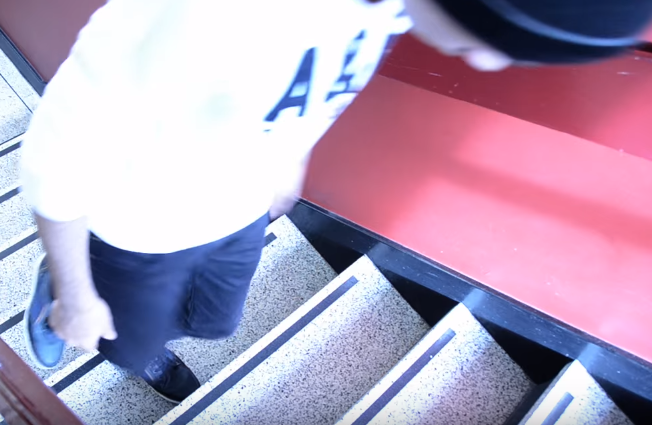





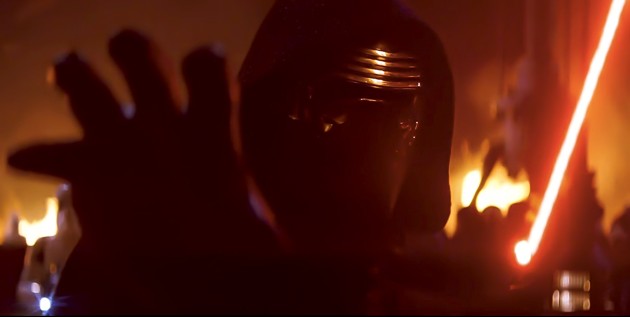
Protagonist-

Similar characters to the protagonist from real media products...
"The Narrator" from "Fight Club" (Fincher, 1999), "Chris Gardner" & "The Pursuit of Happyness"(Muccino, 2006).

These characters are similar to the protagonist in "Memory" as they are both depressed, and mentally weak characters that suffer from a lot of emotional problems. They are easily manipulated and experience a large amount of hardship. The protagonist in "Memory" follows the conventions of a depressed character also by his body language. His body is very closed and head looking down. This can give a vibe of a depression or contemplation of a bad thing that has made him broken.
The protagonist's characteristics conflicts male stereotypes as he is not shown to be very confident or strong. The male stereotype is to be a dominant character that is strong and brave but the protagonist in memory is shown a damaged, weak and lacking in confidence.
Group Analysis of the Protagonist-
Antagonist-

Similar characters to the antagonist from real media products...
"Bane" from "The Dark Knight Rises" (Nolan, 2012), "Ghostface" from "Scream" (Craven, 1996) & "Kylo Ren" from "Star Wars: The Force Awakens" (Abrams, 2015).

These characters are similar to the antagonist as they all ware masks to hide their face. This creates a sense of mystery and hides the characters inner emotion. They ware in as a statement to strike fear into the protagonist. Similarly the antagonist also hides his face to strike fear and also to hide his inner emotion. Unlike the protagonist, the antagonist has a very open body posture which shows confidence and might also be used to scare the protagonist.
The antagonist's characteristics conform to the male stereotype as he is shown as confidant, strong and powerful. These are stereotypical tropes associated with male characters who are see to be very dominant and powerful which from the opening the antagonist is shown as having by the way he dominates the protagonist in the interrogation scene.
Group Analysis of the Antagonist-
Evaluation Q1 - Osbert Menezes
In what way does your media product use, develop or challenge forms and conventions of real products?
9 Frame analysis-
Production/ Distribution Logos-
One way out film "Memory", mirrored the forms and conventions of real media products was through the production logos at the start of the opening. Production logos are used in almost all films and are used to credit the companies involved in the production and distribution of a film. The companies used in our film were Dave & co. Productions, Black hole Productions and Quad Films. These are displayed at the beginning of a film or during the opening sequence of a film. These logos are usually animated and not still images of the companies logo, that is why these were animated in the opening for memory. The following are the animations of the logos from the opening of the film.
The following are some examples of popular companies in real media products include Summit Entertainment, 20th Century Fox and Pathe Distributions. Logos like these are the places we took inspiration from when it came to the making of the logos for opening sequence.
Characters-
The characteristics of the protagonist in "Memory" is show to conform to the conventions of protagonists in real media products. The character is show as being weak and under the control of the antagonist, just like in many generic thriller plots where the protagonist gets captured and controlled by the antagonist. The antagonist's character is shown as having power in the opening of the film. This works like the same as in many thriller film today, where the antagonist is the one in control and a haunting figure for the protagonist.
Neither the protagonist or antagonist show their face in the opening for our film. this is to create mystery within the sequence. This conforms to many thriller film not revealing much at the beginning of a film. Many films like to keep stuff hidden and saved for the build up during the middle of the movie, in this way it conforms to movie conventions of not revealing too much in the opening.
The first person interrogation scene in the opening of "Memory" (above) is similar to many other Thriller from the past. It follows the same convention of thriller film in which the protagonist gets tortured or manipulated while being tied up to something. This was shown in "Casino Royale" (Campbell, 2006), "Hostel" (Roth, 2005) and "Syriana" (Gaghan, 2005).



 Many films today find clever ways to display the opening credits to make them a little less "boring". An example of this is the "Kingsman: The Secrete Service" (Vaughn, 2015) opening found a clever way to display their credits by making the rubble that is falling off a damaged building turn into the credits. In this similar way we decided to find a clever way/ place to display our credits and so decided to use the stairs them selves as places to display the credits. This is a way we conformed to the conventions used in real media products when it came to displaying the credits.
Many films today find clever ways to display the opening credits to make them a little less "boring". An example of this is the "Kingsman: The Secrete Service" (Vaughn, 2015) opening found a clever way to display their credits by making the rubble that is falling off a damaged building turn into the credits. In this similar way we decided to find a clever way/ place to display our credits and so decided to use the stairs them selves as places to display the credits. This is a way we conformed to the conventions used in real media products when it came to displaying the credits.

Neither the protagonist or antagonist show their face in the opening for our film. this is to create mystery within the sequence. This conforms to many thriller film not revealing much at the beginning of a film. Many films like to keep stuff hidden and saved for the build up during the middle of the movie, in this way it conforms to movie conventions of not revealing too much in the opening.
The first person interrogation scene in the opening of "Memory" (above) is similar to many other Thriller from the past. It follows the same convention of thriller film in which the protagonist gets tortured or manipulated while being tied up to something. This was shown in "Casino Royale" (Campbell, 2006), "Hostel" (Roth, 2005) and "Syriana" (Gaghan, 2005).
Credits/ Title-
The titles sequence was slightly different to the forms in real media products as we displayed the title text on a black screen. Although many do this, most films today use an background when displaying the title. We did conform to real titles by animating the title and giving it a red streaks that goes across the wording. Below are some example of real titles compared to the title of "Memory".
Mise-en-scene-
In terms of Mise-en-scene, the opening of "Memory" does challenge many of the conventions of the thriller genre. One way that the conventions were challenged was from the lack of props in the background of the scenes in the opening. This challenges the conventions as most settings would have props in the background to give the area character and identity while from our background not much was told from the setting.


These are selected scenes that have the same stuff in them. The left is a shot from "Memory" and the right is a scene from "The Sixth Sense" (Shyamalan, 1999). Notice how the scene from the real media product (Sixth Sense) contains more props in the background to give the setting more of a character while ours missed a lot of this in the background. This is one way out film did not match the conventions of real products and could negatively effect how our opening could look.
Another aspect of the mise-en-scene that challenged the conventions of real thriller products was the lighting. Our lighting was mostly natural and only the flashback scenes used unnatural light. Many generic thriller's use artificial lights or very little lighting to create a darker mood and most are usually very serious and dark story lines. even though our storyline was quite dark as well we chose to use natural lighting to make things clearer to see and to give sense of "things not being like what the seem".

These are selected scenes that have the same stuff in them. The left is a shot from "Memory" and the right is a scene from "The Sixth Sense" (Shyamalan, 1999). Notice how the scene from the real media product (Sixth Sense) contains more props in the background to give the setting more of a character while ours missed a lot of this in the background. This is one way out film did not match the conventions of real products and could negatively effect how our opening could look.
Another aspect of the mise-en-scene that challenged the conventions of real thriller products was the lighting. Our lighting was mostly natural and only the flashback scenes used unnatural light. Many generic thriller's use artificial lights or very little lighting to create a darker mood and most are usually very serious and dark story lines. even though our storyline was quite dark as well we chose to use natural lighting to make things clearer to see and to give sense of "things not being like what the seem".
Soundtrack-
The soundtrack in the opening extract is slow and builds tension. This conforms to the conventions of the thriller genre as many film use similar soundtracks to build tension while still being quite slow. "Jaws" (Spielberg, 1975) is a very famous thriller example of this, where the music plays a key role in creating tension and is one of the places we got this idea of having suspenseful music for our opening. This is how the sound conformed to the conventions of the sound in thriller films.
Director's Commentary-
Evaluation Q7 - Kyle Quadra
Looking back at your Preliminary task, what do you feel you have learnt in the progression from it to full product?
When looking at our Preliminary task, I feel that we have greatly developed our skills in film production.In the Pre-Production stage, all the planning and setting up takes place before the actual production and filming begins. This would include the script, the filming location, the costumes and actors. It was very important that the Pre-Production was done to a high standard and efficiently, allowing the production to begin and making the filming process easier. From our Preliminary Task, we had learnt how to plan for a production. This time as we had more time to plan and develop ideas, the planning was more successful.
In the Production stage, film production begins. Due to our Preliminary Task, we had experimented with various camera angles and so when it came to filming, it was easier to determine what sort of shots we should use in the film and we knew what to do and how to do it, therefore we were more efficient compared to our production time in the Preliminary Task, when we did not have much knowledge of the equipment.
In the Post-Production stage, the editing and finishing touches are completed to finish and produce the film. The Preliminary Task gave us the chance to practice our editing skills so that when it came to the main project, we had some experience and knowledge on the editing software. In the editing stage, we pulled clips that we had filmed into the software, where we modified and cut clips to add into a final sequence. Continuity editing was used to construct a film that the audience would feel as if it was real events taking place, and this was an important factor in making our work successful.
Evaluation Q4 - Kyle Quadra
Who would be the audience for your media product?
Our film was aimed towards people from 15 years and all ages above. The reason for this was because of the genre of our film being a physiological thriller, which is typically attractive to older audiences. The Protagonist and overall narrative revolves around the age of an adult and therefore it is more likely for the audience to relate to the character.
The film certificate for our film would be a 15 rating, as this is appropriate to the genre of the film and makes the film available to a wide audience.
No-one under 15 is allowed to see a 15 film at the cinema or buy/rent a 15 rated video. 15 rated works are not suitable for children under 15 years of age.
Films with a 15 age rating certificate commonly feature; Violence and strong language, blood and gore, which is found in our opening sequence.
Evaluation Q1 - Kyle Quadra
In what way does your media product use, develop or challenge forms and conventions of real products?
Frames
- Production Company
- Mid Shot of Protagonist
- Low Angle Shot, with Producer and Screenplay writer credits
- First Person Shot, blood dripping for suspense
- Movie Title
- Close up of Antagonist
- Low Angle Shot, with Stars credits
- Wide Shot, with Editing and Sound credits
- Black Screen followed by '4 Months Earlier', continuing the narrative
Analysis
The first frame displays the film's production company. This opening sequence immediately conforms to the conventions of a real film opening sequence, as from my research into film openings; most feature the production company in the beginning of the sequence.
The second frame shows the audience's first glimpse of the Protagonist. A low angle shot doesn't reveal the actor's face, creates suspense and mystery. This is a quite a common feature in openings, where the first person the audience sees is the main character.
The third frame has the credits for the key personnel in the film. Commonly in film openings, these credits appear closer towards the end of the sequence as they are more important. The more important roles are found at the end as they are more likely to stick in the audience member's mind, therefore this aspect of our opening challenges the conventions real film openings.
The fourth frame is a point of view shot from the Protagonist's perspective. The audience is put into the place of the Protagonist and this pulls them into the film's narrative, making them feel a part of the story. It creates a sense of mystery as the audience is yet to find out what is happening, making them want to watch on to find out what happens. Similarly, the purpose of some real film openings, is to pull the audience into the narrative and to make them want to watch on more. It is for this reason that our opening conforms to the conventions of film openings.
The fifth frame is an important part of the opening. It is the name of the film and this formally introduces the film. It conforms to the conventions of real openings as it appears within the first couple of minutes, however there is not a specific point to add this in an opening as many different openings reveal the title at different points.
The sixth frame, similar to the fourth is a point of view shot. Again putting the audience into the place of the Protagonist. It gives the audience their first look at the Antagonist, which is not too common in most opening sequences, therefore our sequence challenges opening sequence conventions.
Frame seven and eight is similar to the third. They both feature the credits for the film's Stars and editors, again conforming to the conventions of film openings, as it is a must for openings to credit key stars in the sequence.
The final frame is of a black screen containing text that allows the film to progress further. Not all films feature this sort of cut into the narrative but with the ones that do feature this cut, our opening successfully conforms to the conventions of the opening sequence of a film.
Costume
The main character is wearing a white t-shirt and dark jeans. The white t-shirt could symbolise purity or peace and the dark coloured jeans may possibly imply a conflict of darkness and evil, which suggests that the main character is troubled and conflicted between good and evil.
The second character is wearing all black clothing with an army camouflage bandana. The dark colours symbolise darkness and mystery and the camouflage bandana suggests a militant aspect to the character.
Production Logos
Our production logos at the start of the opening sequence conform to the conventions of real film openings. The production companies credits are the most important in the opening sequence as they are the sources of funding and distributing the film.
Soundtrack
The soundtrack in the sequence is slow and subtle which builds suspense as the sequence progresses, conforming to the characteristics of thriller films as many films uses this sort of sound to build tension and mystery.
Directors Commentary
Wednesday, 23 March 2016
Subscribe to:
Comments (Atom)
